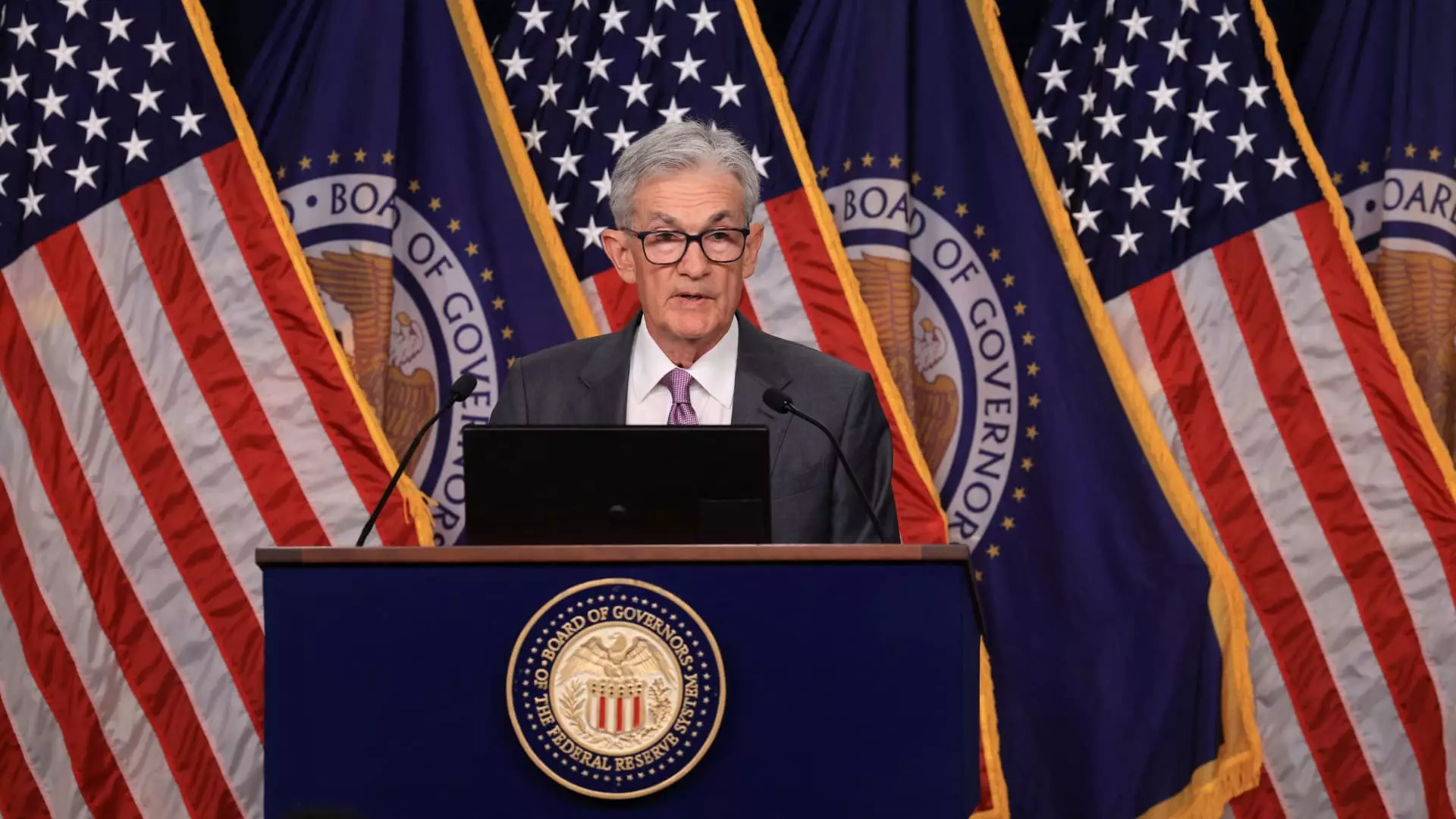The Federal Reserve has unveiled a strategic plan concerning interest rates, outlining intentions to implement a reduction of half a percentage point before the end of 2024. With the conclusion of two policy meetings set for November and December, market observers are keenly watching the Fed’s forthcoming decisions, which aim to recalibrate economic stability amidst fluctuating inflation and employment rates. The latest member predictions, denoted in the Fed’s dot plot, suggest that 19 officials foresee the benchmark federal funds rate hovering around 4.4% by year-end. This projection encompasses a target range of approximately 4.25% to 4.5%, indicating that further adjustments might be in play.
The significance of the approaching Federal Open Market Committee (FOMC) meetings cannot be overstated. Scheduled for November 6-7 and December 17-18, these discussions will illuminate the potential for additional cuts in interest rates beyond the initial reduction made recently. Beyond 2024, long-term forecasts depict a more expansive decline, with rates expected to reach 3.4% by 2025 and further shrink to 2.9% by 2026. Such changes indicate the Fed’s cautious but determined approach to managing the economic landscape, signaling a deliberate, measured pace in monetary policy adjustments.
Chairman Jerome Powell has openly communicated the Fed’s ongoing commitment to adapt its strategies based on evolving economic conditions. In a recent press conference, Powell emphasized, “There’s nothing in the SEP (Summary of Economic Projections) that suggests the committee is in a rush to get this done,” reinforcing a sense of prudence in their policy maneuvers. The nuanced commentary reflects a careful balancing act — while there is greater confidence that inflation is aligning toward the desired 2% target, there remains a persistent focus on maintaining equilibrium between employment and inflation outcomes.
Interestingly, the Fed’s recent assessments have led to an upward revision of the projected unemployment rate for the year, now positioned at 4.4% compared to an earlier estimate of 4%. Even with potential increases in unemployment, the Fed has revised its inflation outlook downward to 2.3%, a shift from a previous expectation of 2.6%. This recalibration underscores the complexity of the current economic climate, where core inflation projections were similarly adjusted to 2.6%, indicating the ongoing challenges faced by policymakers.
The Federal Reserve finds itself at a pivotal juncture as it navigates the intricate dynamics of inflation, employment, and economic growth. The decisions made in the upcoming meetings will likely play a critical role in shaping the direction of fiscal policy for the near future. By strategically reducing interest rates while monitoring key economic indicators, the Fed aims to fortify the economy against inflationary pressures, all while maintaining employment stability. As markets prepare for the outcome of these pivotal meetings, the importance of the Fed’s cautious approach cannot be overstated, illustrating the delicate interplay of reactions to variable economic factors.

